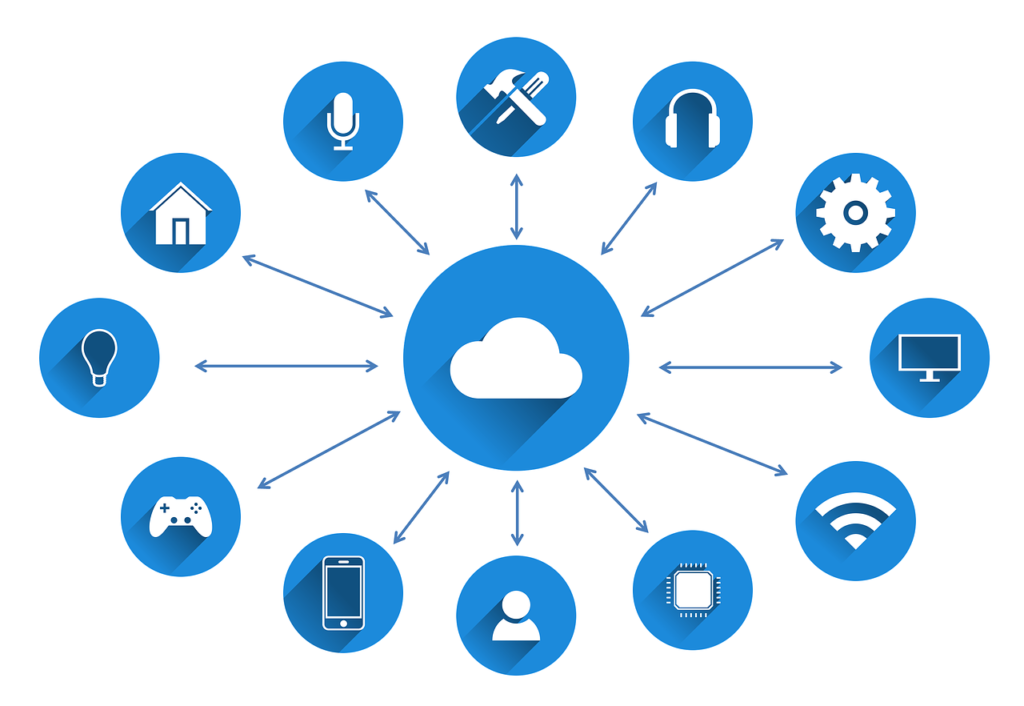What does automation mean to you? It’s a well-used buzzword, inciting a range of reactions. Fear that robots will replace jobs. Excitement about its potential to boost productivity and performance.

Automation is often thought of as a solution to large, complex problems. However, it can be hugely powerful to assist with day-to-day processes or completing repeatable tasks, even in small businesses.
Simple automation may only save a few minutes every day. But don’t take these marginal gains for granted. Their aggregate benefit can be considerable. Benefits from automation can be multiple:
- reduction in time required to complete a task
- reduction in errors
- additional time created for other tasks (with perhaps a great return)
Starting simple with automation can trigger new processes and other automation.
Example: Automated workflow for new starters
At Trafalgar Marquees, we created an automated workflow for new starters. Once the new starter completes their new starter forms, essential details are saved securely. Emails are automatically sent to relevant parties, such as payroll, with the specific information they need.
Repeatable, recurring tasks can be subject to human error, thanks to their often boring nature. They also don’t add value to your employees’ lives. How engaging is it for your team to be spending time doing the same thing over and over again? Far from automation replacing jobs, a Zapier study suggests that automation enhances jobs, with 92% of knowledge workers agreeing that automation has improved their lives in the workplace.
“Automation tackles mundane tasks and allows people to concentrate on the kind of work that drives them.
63% say using automation has helped them fight work burnout
65% say that using automation at work makes them less stressed”
There are a vast number of tools available to assist with automating tasks
If you use Office 365, there is a considerable amount of power already available at your fingertips. For example, use Quick Parts in Microsoft Word and Outlook to create, store, and insert frequently used phrases or blocks of text. This speeds up repetitive tasks in documents and emails. For more complex tasks, Power Automate, can help you streamline repetitive tasks and business processes. Tools like Zapier can help you automate workflows as well as integrate apps to optimise the tools you already have.

What could you do with a few extra minutes each day?
Time is money. Automation is about using technology to free up time and resources to invest in doing what you and your team do best in your business. Here are five suggestions of what you could automate in your business today:
- Document capture and processing – with safe and secure storage
- Email marketing – platforms like Mailchimp can help you design automated communication journeys to build relationships with your customers
- Onboarding new team members – making sure all essential information is captured and shared with the right network
- CRM (customer relationship management) – using tools inside CRM systems to help serve your customers better
- Workflow and task management
According to the McKinsey Global Institute 2023 report on Generative AI and the future of work in America, 30 per cent of hours currently worked across the US economy could be automated. Assuming the stats are similar for the UK, that’s an opportunity to save hours, not just minutes. What could you and your team do with that additional time?
Perhaps we need to embrace the language of the World Economic Forum’s Jobs of Tomorrow whitepaper, which talks about how AI and automation can be used to augment our working lives and assist us all as we navigate the complex, changing world of work.




